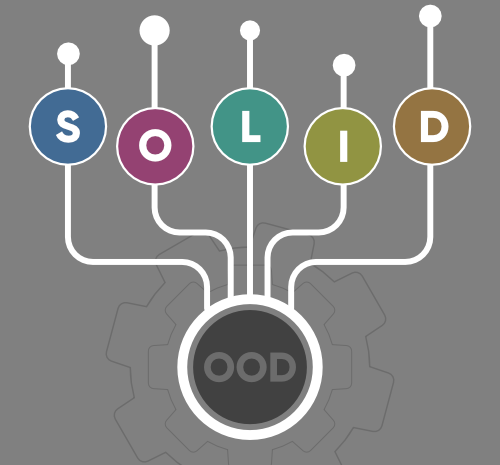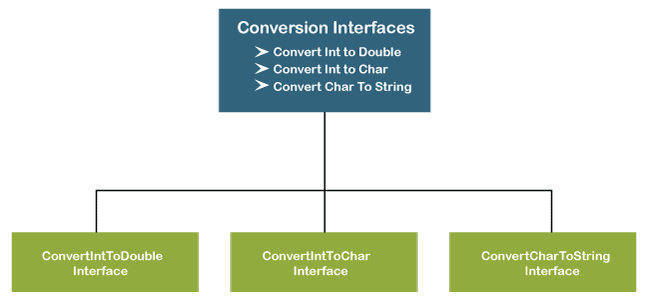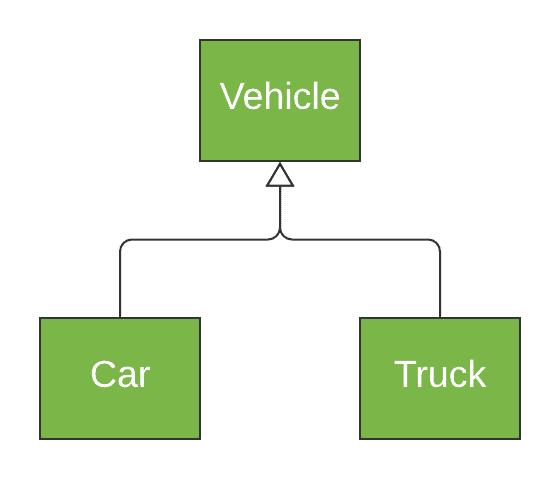

Solid principles tutorial code#
If you have a library containing a set of classes there are many reasons for which you�ll prefer to extend it without changing the code that was already written (backward compatibility, regression testing, �). The same principle can be applied for modules, packages, libraries. You can consider it when writing your classes to make sure that when you need to extend their behavior you don�t have to change the class but to extend it.
Solid principles tutorial software#
Software entities like classes, modules and functions should be open for extension but closed for modifications.Immobility – It is hard to reuse in another application because it cannot be disentangled from the current application.Fragility – When you make a change, unexpected parts of the system break.Rigidity – It is hard to change because every change affects too many other parts of the system.According to Robert Martin there are 3 important characteristics of a bad design that should be avoided: The design principles are associated to Robert Martin who gathered them in “Agile Software Development: Principles, Patterns, and Practices”. We check whether the classes depend on some other classes (instantly instantiate objects of other classes, etc.) and if this relationship takes place, we replace it with a dependence on abstraction.Software design principles represent a set of guidelines that helps us to avoid having a bad design. "Dependencies should be built on abstractions, not details" We check how much the interface contains methods and how different functions are superimposed on these methods, and if necessary, we break the interfaces. "Many specialized interfaces are better than one universal" The principle of interface separation (Interface segregation).If this happened, then the principle is not observed

"Objects in the program can be replaced by their heirs without changing the properties of the program"įor this, we check whether we have strengthened the preconditions and whether the postcondition has weakened.

The substitution principle of Liskov substitution."Software entities must be open for expansion, but they are closed for modification"įor this, we represent our class as a "black box" and see if we can change its behavior in this case. To do this, we check how many reasons we have for changing the class-if there is more than one, then we must break this class. "One object must be assigned to each facility" The principle of a single responsibility.Summarizing all of the above, I would like to make the following cheat sheet So now, the Customer class now depends only on the abstraction, and the specific implementation, Return $query -> fetchObject ( "Order" ) $statement -> execute (array( ":id" => $orderID )) $statement = $pdo -> prepare ( "SELECT * FROM `orders` WHERE id=:id" ) Their behavior, we do not need to modify their source code.Ĭonsider the example of OrderRepository class. In more simple words it can be described as - all classes, functions, etc. This principle declares that - "software entities should be open for extension, but closed for modification." Now each class is engaged in the specific task and for each class there is only one reason to change it. To solve this problem is the division of the class into 3 classes, each of which will be to Order class itself, which may lead to inoperability. This leads to the case that if we want to make changes to the print job, or storage techniques, we change the ( calculateTotalSum, getItems, getItemsCount, addItem, deleteItem),ĭisplay order ( printOrder, showOrder) and data handeling As you can see, this class performs the operation for 3 different types of tasks: work with every order


 0 kommentar(er)
0 kommentar(er)
